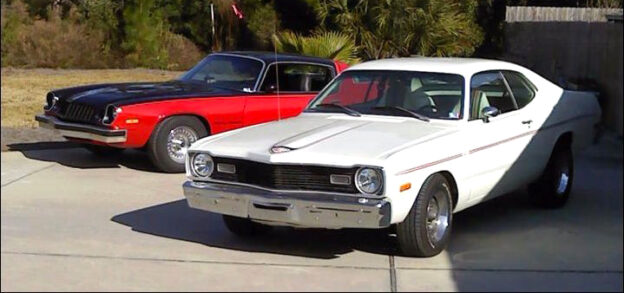
How to Inspect a Used Car Before Buying

Buying a used car can be a great way to save money and still get a reliable vehicle, but it’s important to inspect it thoroughly before making a purchase. By taking the time to look over the car carefully, you can avoid potential problems and make sure you’re getting a good deal. Read on to learn more about how to inspect a used car before buying.
What to Bring
Some basic supplies will help you during the inspection process. Bring a notebook and pen to take notes and a small flashlight for the engine compartment. A magnet will help you detect concealed body work, and a CD or auxiliary cord is good for testing the sound system. Also, bring paper towels for checking fluids and a code reader for the onboard computer.
Check the Exterior
The first step in inspecting a used car is to check the exterior for any damage or signs of wear and tear. Look for scratches, dents, and rust, as these can all be indicators of larger problems. Check if there’s any sagging, which could show signs of suspension or frame problems. Make sure the body panels are all aligned properly and that the paint color matches across the entire car. Don’t forget to check the tires as well – uneven wear could mean steering, suspension, or frame damage.
Look Under the Hood
Inspect the engine compartment for any signs of leaks, including oil, coolant, or transmission fluid. Check the battery to make sure it’s in good condition and that the terminals are clean. Inspect the belts and hoses for any signs of wear, cracking, or corrosion. Look for oil stains on the block or foam residue on the oil filler cap, both of which can signal a leaking head gasket. Don’t forget to check the air filter and the condition of the radiator.
Inspect the Interior
Once you’ve checked the exterior, it’s time to take a look inside. Start by checking the seats and upholstery for rips, tears, and stains. Also, look for signs of damage on the dashboard and door panels. Make sure the air conditioning and heating are functioning and that there are no strange odors coming from the car. Check if the lights and other electronics are working properly. Use your code reader to see if any computer error messages come up and what they mean.
Test Drive the Car
With any car, you should always try before you buy. Check again for leaks by letting the car run while parked for 30 seconds, then moving it and seeing if any fluids have been left on the ground. Pick a route with some turns and speed changes. Listen for any unusual noises or vibrations and pay attention to how the car handles in turns and at higher speeds. Also, give the brakes a hard press at speed to see if there’s any pulsating or swerving.
Check the Vehicle History Report
Finally, it’s a good idea to check the vehicle history report before making a purchase. This will give you a detailed record of the car’s past, including any accidents or repairs that it may have undergone. It can also tell you whether the car has been stolen or has a salvage title, which can affect its value and insurance rates. You can usually obtain a vehicle history report from a third-party provider like Carfax or AutoCheck.
By following these steps, you can ensure that you’re making an informed decision when purchasing a used car. Taking the time to inspect it thoroughly can help you avoid potential problems and ensure that you’re getting a good deal. With these tips in mind, you’ll be able to confidently shop for a used car and drive away with a reliable vehicle.
Looking for more information on how to inspect a used car? Check out these blogs about fuel pumps and batteries and alternators to learn more.

 Shop Store
Shop Store











